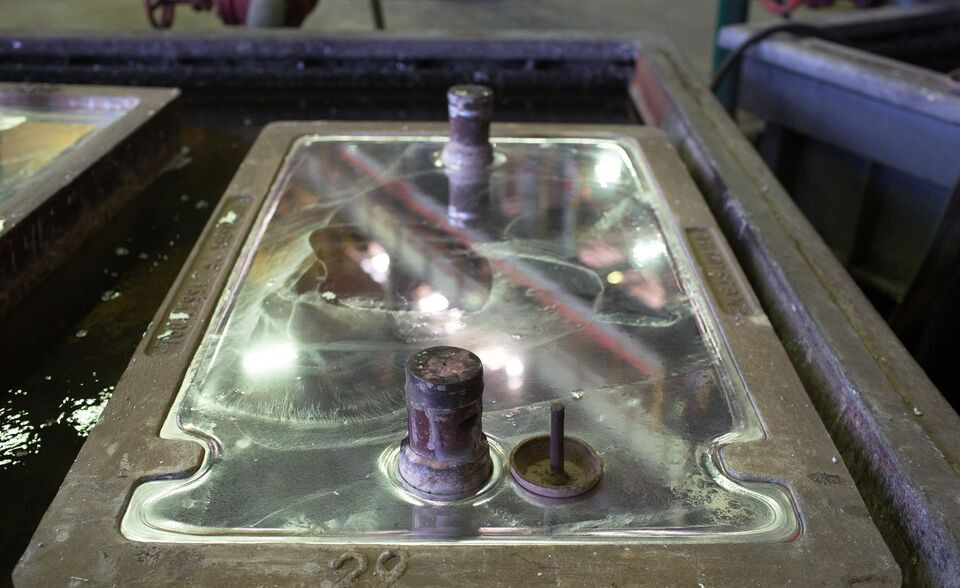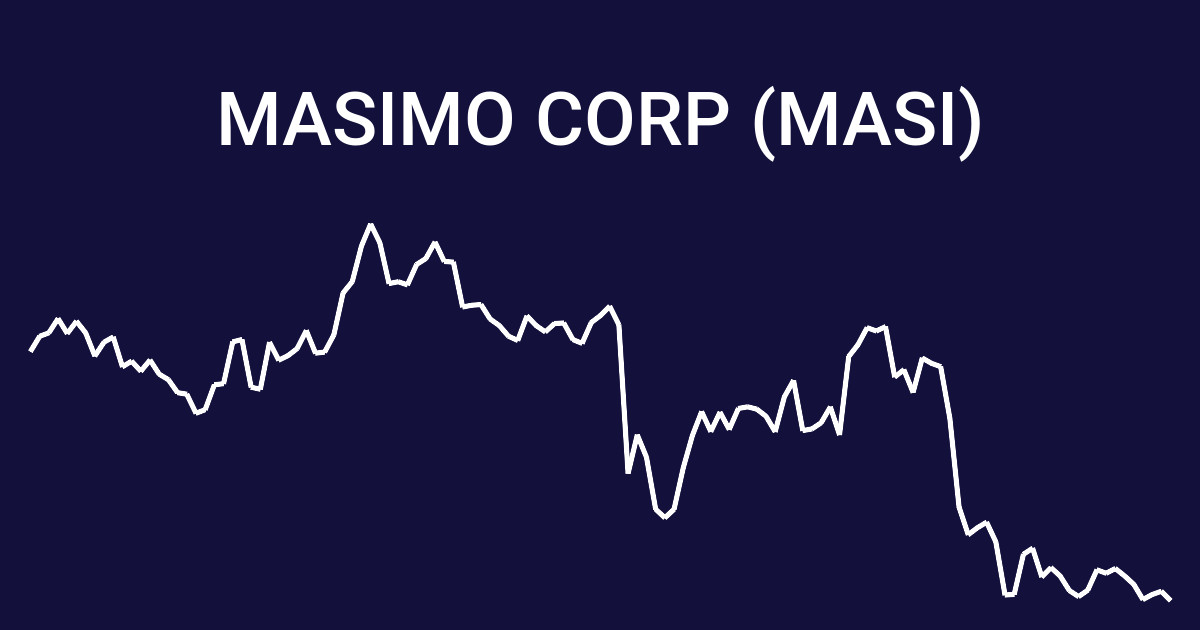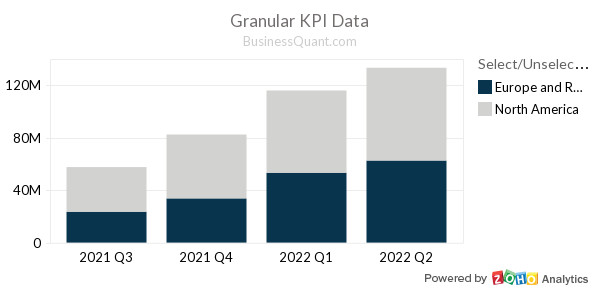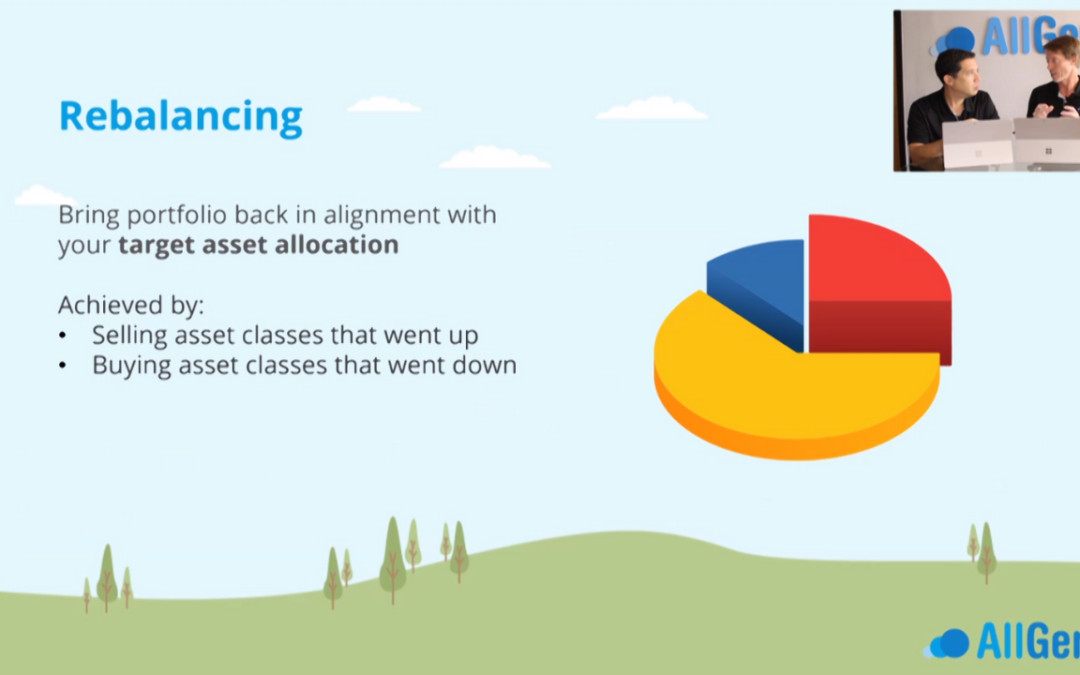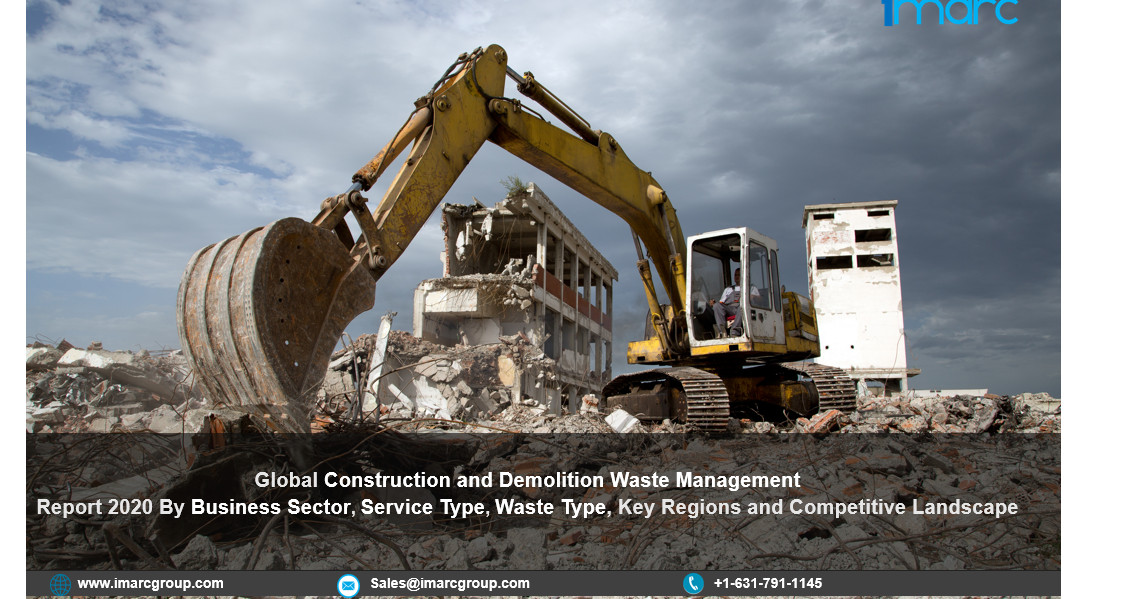The Squeeze on China's Zinc Smelters
China's zinc smelters are grappling with mounting pressure to slash production as they confront weak demand and plummeting processing fees, a situation that has pushed fees below zero. The struggle for zinc smelters is intensifying, driven by a perfect storm of factors that are straining their profitability.
The Factors Contributing to the Crisis
Several factors are coalescing to create this challenging environment for China's zinc smelters.
- Weak Demand: The global demand for zinc has softened, largely due to the slowdown in China's steel sector, a significant consumer of the metal. This diminished demand is putting pressure on zinc prices, further eroding the profitability of smelters.
- Negative Treatment Fees: Treatment charges, the payments smelters receive for converting raw material into metal, have fallen dramatically. This plunge is driven by a surplus of smelting capacity chasing a constrained global supply of zinc concentrate. The fees have dipped into negative territory, meaning smelters are now paying to process zinc concentrate.
- Ore Supply Crunch: The shortage of zinc concentrate is another major challenge facing smelters. While this might seem counterintuitive given the depressed demand, the shortage is largely attributable to disruptions in global supply chains and rising costs of production.
The Impact of the Crisis
The dire situation has compelled smelters to implement production cuts this year. However, these reductions have not been enough to stem the decline in treatment fees. As a consequence, smelters are now facing the prospect of even deeper output cuts to salvage their profitability.
The crisis is not just impacting smelters, but also the global zinc market. The shortage of zinc concentrate is likely to persist in the short term, which could lead to price volatility as supply disruptions and weak demand continue to weigh on the market.
The Outlook for Zinc
The outlook for zinc prices remains uncertain, as supply disruptions and weak demand create a tug-of-war between potential upside and downside pressures. The market will be closely watching developments in China's steel sector and global economic growth, as these factors will have a significant impact on zinc demand.
The crisis facing China's zinc smelters is a stark reminder of the interconnectedness of global commodity markets. The challenges faced by these smelters are not isolated, but rather reflect broader trends in demand, supply, and the global economic landscape.
Looking Ahead: A Future for Zinc?
The zinc industry is facing a challenging period, but there are glimmers of hope. Some analysts predict that the ore shortage may ease in the coming year, providing some relief for smelters. Additionally, the ongoing transition to a greener economy could boost demand for zinc, which is used in various renewable energy applications.
The long-term outlook for zinc remains positive, driven by its essential role in various industries and its potential in emerging technologies. However, the industry must navigate the current challenges and adapt to the evolving global landscape to ensure a sustainable future.
This crisis is a reminder of the vital role played by commodity markets in shaping global economies. The world is watching to see how this complex situation unfolds and what impact it will have on the global zinc market and the industries that depend on it.




